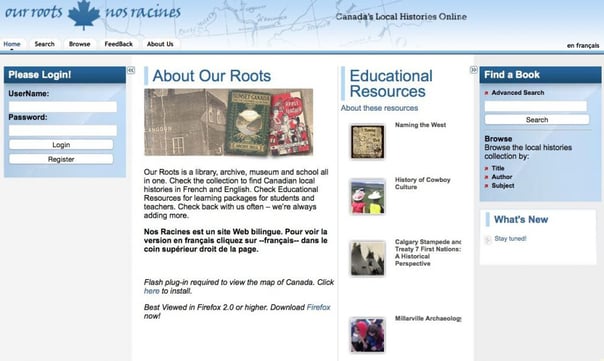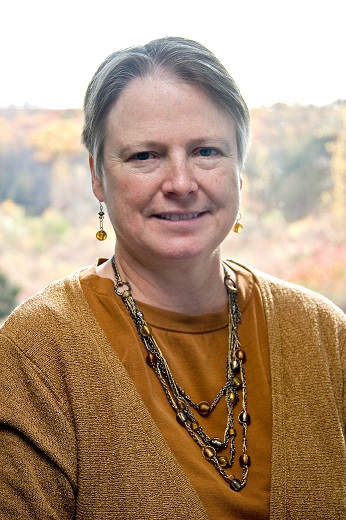 While preparing for a consultation this week, I stumbled across a marvelous online site for digitized local history books: Ourroots.ca (http://www.ourroots.ca). The site is maintained by the University of Calgary and seeks to “preserve Canada’s unique identity for future generations through the use of digital technology.”
While preparing for a consultation this week, I stumbled across a marvelous online site for digitized local history books: Ourroots.ca (http://www.ourroots.ca). The site is maintained by the University of Calgary and seeks to “preserve Canada’s unique identity for future generations through the use of digital technology.”
I was looking for information about the early settlers of the tiny community of Biddulph in Huron County, Ontario. The settlers in question had immigrated to Canada between 1820 and 1840 from Ireland. The patron wished to know where in Ireland they were from. Existing clues in the Canadian records suggested they were probably from one of the southern counties as their religion had been recorded on the censuses as “Church of Rome.” In addition to recommending that the patron widen his search (i.e. expand to relatives and neighbors), I wanted to offer the patron other sources for clues about origin.
Genealogists appreciate the value of local histories as ancestor finding aids as well as for their role in putting our ancestors in context. In the late nineteenth century, as towns and counties were celebrating their centennials, many communities put together local histories. To help defray the cost of publication and dissemination, subscriptions were sold to local citizens. The subscription entitled the donor to include their genealogy in the history, hence the phrase “Brag Book.”[1] Later, as the fashion trended towards included etchings and then photographs illustrating the biographical sections of local histories, the books also became known as “Mug Books,” since some were so heavily illustrated that they resembled police mug shot books! The local history fad was not limited to the United States; Canadian communities also produced town and county histories.
The Canadian website is unique in both the scope of its holdings and the ease of searching for, and using, books. You can search by province, title, author, subject or keyword(s). The latter function means you can input your ancestor’s name and the search engine returns all books containing that name. A second search window appears next to the thumbnails of the books allowing you to search within a selected book and returns all the pages containing your search string. You may also bookmark pages or add books to “My Books.” Registration is free and allows you to come back and retrieve previously bookmarked material.
Did I find the names I was seeking? Not exactly. But I did find a history, Sure An’ This is Biddulph, which included an entire chapter on Irish settlers. Apparently, several of the earliest settlers had come from County Limerick to Canada to work on the Rideau Canal in Bytown (Ottawa), Ontario. After completing work, one of the men helped survey the Huron Tract, identifying the choicest parcels in the process. After settling himself, his brothers and friends in Biddulph, the founder returned to County Limerick to recruit others, and the township grew. Although the names I sought were not specifically mentioned in the history, I did find information about the origins of many early settlers, including Irish townland names. Could the ancestors of my patron have been among the second wave of settlers? Hmmm. A clue to be explored.
Note
[1] Harold E. Way, “A White Paper: American County Histories,” downloaded from Accessible Archives (http://www.accessible-archives.com/collections/american-county-histories/a-white-paper-american-county-histories/, 25 March 2017).
Share this:

About Ann Lawthers
Ann G. Lawthers assists our library patrons in enhancing their research skills and in bringing alive their family histories. She is a graduate of Wellesley College, the Harvard School of Public Health and has completed the Boston University Certificate in Genealogical Research program. She has conducted genealogical projects as an independent researcher. Ann is familiar with resources for Massachusetts, Vermont, Pennsylvania, Maryland, New Jersey; and has research experience with Quebec and the Canadian Atlantic Provinces, Ireland and Germany.View all posts by Ann Lawthers →